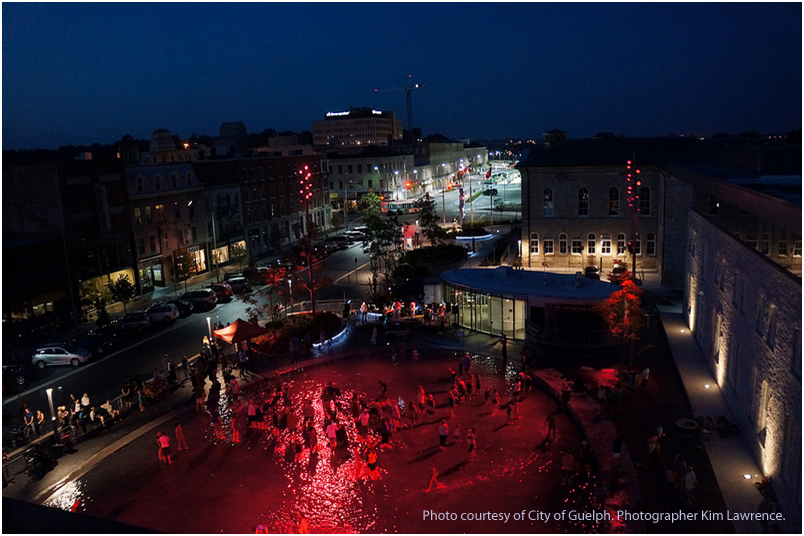With an election looming, there are a wealth of issues that are being addressed by candidates and citizens alike. Each of the candidates are taking time to address the issues that have been brought up in the debates, newspaper articles, individual candidate platforms, and social media discussions that have taken place in the last few weeks.
What should you bring up when reviewing your candidates?
As artists, art supporters, and community members, it is our duty to ask our candidates where they stand on issues that are important to us. Here, at the arts council, it is no surprise that the arts and culture sector is of prime importance as it is central to all we do. When speaking with the many candidates about their own platform to support the creative industries, I think it is very important that we as citizens reflect back to our candidates that arts and culture are not simply leisure activities. As a sector, we add to the vibrancy of community, we tell the story of our community members, and as artists, arts administrators, and creative thinkers, we add to the economic health of our community. Too often, contributions, payments, and purchases made to support artists and arts organizations are likened to handouts. The reality is that nothing could be further from the truth. Artists are small businesses and contributors to the enterprising landscape of Guelph. More broadly speaking, Statistics Canada reports that $53.2 billion is contributed to the GDP by our cultural sector annually[1]. This number can be applied locally and the effects are felt by other businesses including hotels, restaurants, retail, and other attractions. In fact, a report commissioned by the Ontario Arts Council states that the average Ontario arts and culture tourist spends twice as much per trip as does a typical tourist – $667 per trip versus $374[2].
But it isn’t just dollars and cents with the arts. Those of us who have experienced the power of arts can attest to the arts as both indicative of wellbeing and a tool to stimulate wellbeing. A report from Hill Strategies confirms this finding, stating that participants in cultural activities have significantly better results when reporting on their health verses non-cultural participants. The data in the report shows that there is a strong connection between 18 cultural activities and eight indicators of health and well-being[3].
With all of this data (and believe me, there is way more than I can list in this short note) it becomes evident that investment and support of the arts has a direct correlation to how we live and how we experience happiness, economic vitality, and wellbeing in our community. With this in mind, I encourage every citizen to put arts on the table when choosing your candidates for this upcoming election. Voting and engaging your candidates in a conversation about the arts and culture in your community will make all the difference as we work together to make Guelph one of Canada’s great creative cities!
Sonya Poweska, Executive Director
Guelph Arts Council
[1]Statistics Canada,Culture Satellite Account, 2014.
[2] Research Resolutions & Consulting,Ontario Arts and Culture Tourism Profile, 2013.
[3]Hill Strategies, The Arts and Individual Well-Being in Canada, 2013.








